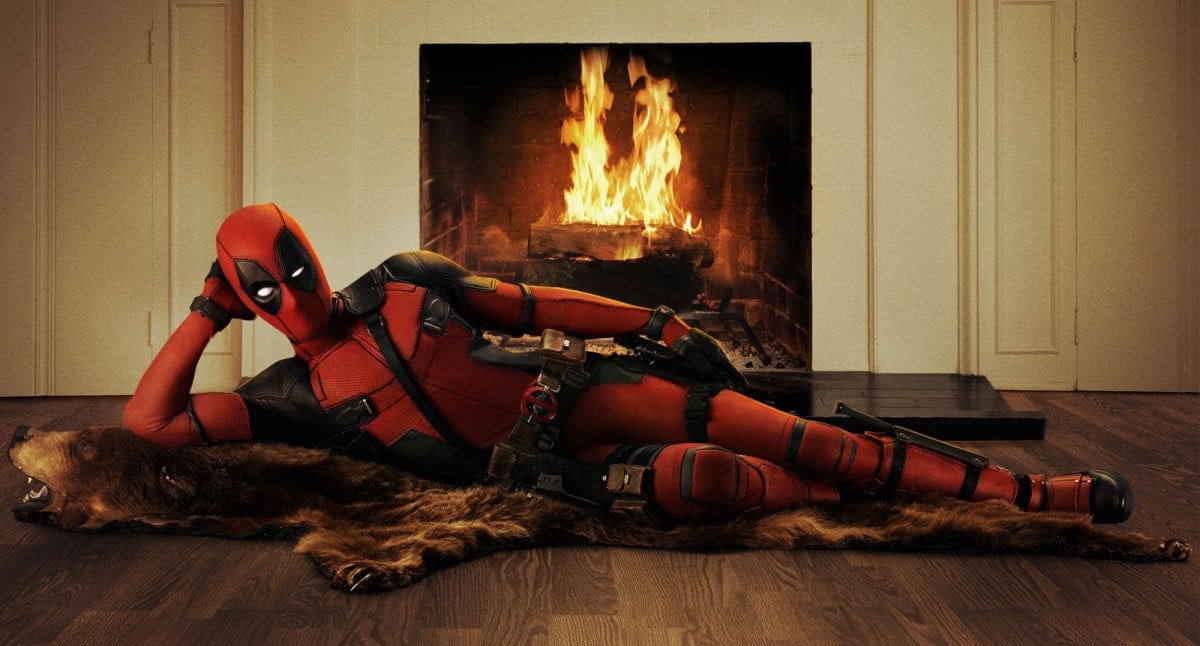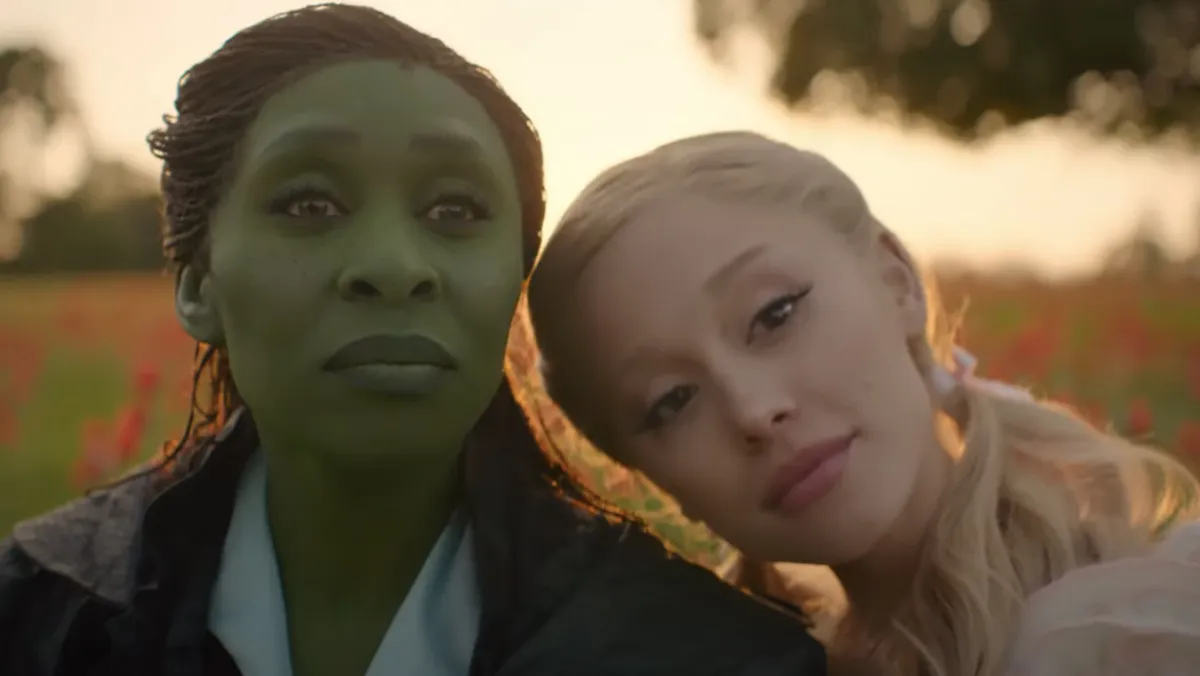Hey, folks! We’re diving right back into our analysis of Joseph Campbell’s idea of the monomyth, or the One Great Story that all stories are drawn from. This time, we’re taking a look at another part of the Hero’s Journey called “Belly of the Whale,” which is often a significant marker of transition from one part of the journey to another. What’s more, we’re looking at this marker and how it applies to the story presented in Deadpool, of all stories.
A bit of background first, for those of you who may be unaware: the Hero’s Journey and the monomyth are, in essence, related theories that suggest all the stories we tell about adventure and heroism and things like that can all be drawn back to a single myth (a mono myth, get it?). Indeed, many of the stories we tell have characteristics of the Hero’s Journey incorporated into them, the most notable of which is Star Wars. It’s likely that you covered Campbell’s work using Star Wars as a reference point, seeing as most of the original trilogy follows the circle of the Hero’s Journey almost to a T.
Last time, we looked at the entire Star Wars saga and scanned it for examples of a specific part of the Hero’s Journey: the refusal. You can read (and watch!) what I wrote about it before in greater detail, but in essence, we broke own the Skywalker family’s reluctance to answer the call to adventure (except Leia, of course, who is all about that life). Anakin, Luke, and Rey initially refuse the call to adventure, all for somewhat similar reasons; they were all reluctant to leave home–or, at least, whatever constituted home for them at the time.
Which brings us to Deadpool. This recent Marvel hit has been a massive success, and along with its clever non-linear storytelling techniques, it utilizes many Hero’s Journey tropes to great effect. Wade Wilson also refuses many different calls to adventure. The most obvious example of this is his initial refusal to accept the gene therapy recruiter’s initial offer of mutant gene conditioning when he first found out he had cancer. He ultimately takes them up on the offer later (because plot), and finds himself cast into a completely different world.
As Wade is being wheeled into the clinic on his gurney, the clinic can be thought of as a figurative mouth of the whale. He’s disappearing into another world from which he may not return. But because he’s answered the call, he’s now past the “point of no return,” the point at which the adventure is chugging along like a runaway train.
The idea that the passage of the magical threshold is a transit into a sphere of rebirth is symbolized in the worldwide womb image of the belly of the whale. The hero, instead of conquering or conciliating the power of the threshold, is swallowed into the unknown and would appear to have died. This popular motif gives emphasis to the lesson that the passage of the threshold is a form of self-annihilation. Instead of passing outward, beyond the confines of the visible world, the hero goes inward, to be born again.
Entering the belly of the whale signifies a rebirth, as Campbell wrote. This rebirth is echoed in the treatment Wade receives at Francis/Ajax’s clinic. The whole premise revolves in their ability to essentially transform a human into a mutant, almost literally “rebirthing” them in the process. They become someone new in a lot of different ways, and there’s really no turning back at that point. Campbell’s words about the hero appearing to have died are echoed in Vanessa’s account of things after Wade disappears to undergo this treatment. To the world, Wade is gone and likely dead, given his past profession.
Once again, Campbell writes:
The disappearance corresponds to the passing of a worshipper into a temple—where he is to be quickened by the recollection of who and what he is, namely dust and ashes unless immortal. The temple interior, the belly of the whale, and the heavenly land beyond, above, and below the confines of the world, are one and the same. That is why the approaches and entrances to temples are flanked and defended by colossal gargoyles: dragons, lions, devil-slayers with drawn swords, resentful dwarfs, winged bulls.
The temple, the mouth of the whale, is the clinic. Wade faces his limitations as a human being in that clinic. He’s tortured to near-death, day in and day out, in the hope of triggering a literal metamorphosis. At that point, it’s very clear what must happen: he must change or die. “He is… dust and ashes unless immortal,” as Campbell wrote. As well, Campbell mentions guardians of that temple of change; Angel and Ajax come to mind, with Angel being a bit more of a direct example in that she’s literally the one whose job it is to make sure Wade undergoes his transformation, or “enter the temple” so to speak.
Campbell continues:
The devotee at the moment of entry into a temple undergoes a metamorphosis. Once inside he may be said to have died to time and returned to the World Womb, the World Navel, the Earthly Paradise. Allegorically, then, the passage into a temple and the hero-dive through the jaws of the whale are identical adventures, both denoting in picture language, the life-centering, life-renewing act.
If the clinic represents the mouth, then the hyperbolic chamber they use to finally trigger his transformation might be considered the belly. It’s in there that Wade literally undergoes back-to-back-to-back near-death experiences. It’s only when Wade is about to die that his body triggers a reaction, disfiguring him while at the same time saving him. He becomes more than just dust and ashes, he becomes immortal, as Francis said.
To finally leave the temple, Wade has to basically burn the whole thing down while fighting one of those aforementioned gargoyles, Francis. Of course, as you know, he doesn’t win that fight. He literally has to die in order to move on to the next phase of the adventure. His rising out of the ashes of the clinic (or the whale, I guess) is Wade’s rebirth from the “World Womb, the World Navel, the Earthly Paradise,” as Campbell puts it.
As I said earlier, Deadpool accomplished some neat things with its structure. On the surface, it’s easy to just think of it as a humorous anti-superhero action flick, but I strongly believe it’s much more nuanced than that. Or maybe I’m just being a bit of a postmodern asshole, just like Deadpool himself. You tell me.
¯\_(ツ)_/¯
—The Mary Sue has a strict comment policy that forbids, but is not limited to, personal insults toward anyone, hate speech, and trolling.—
Follow The Mary Sue on Twitter, Facebook, Tumblr, Pinterest, & Google+.









Published: May 5, 2016 05:12 pm